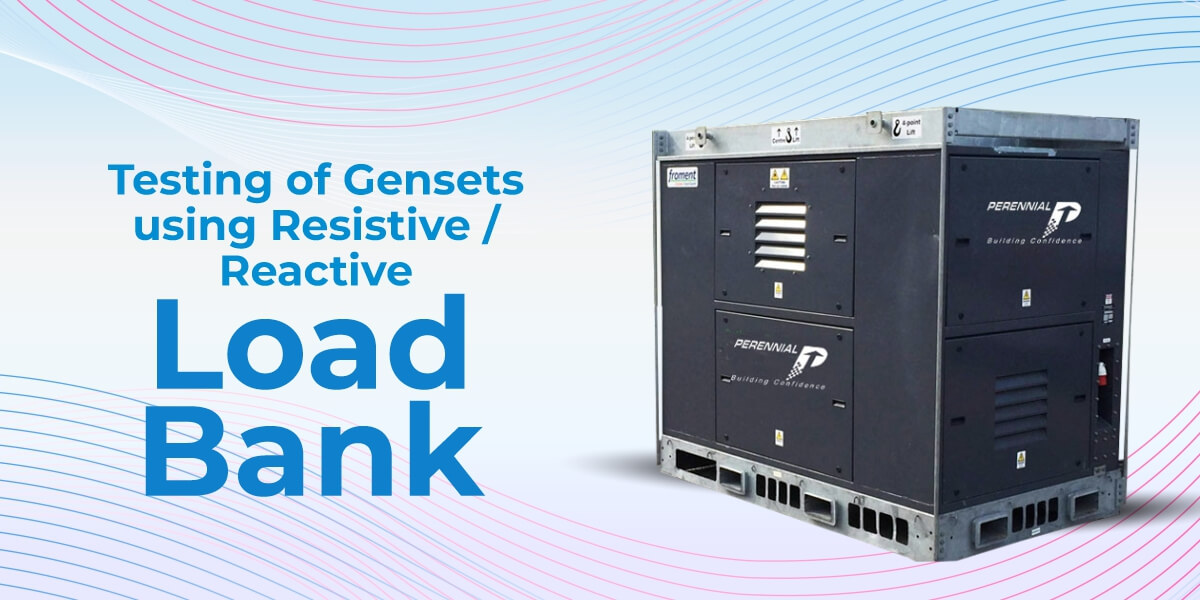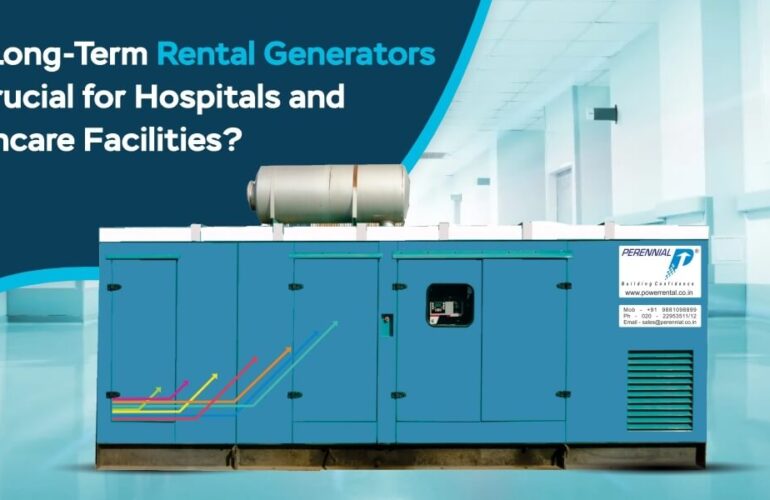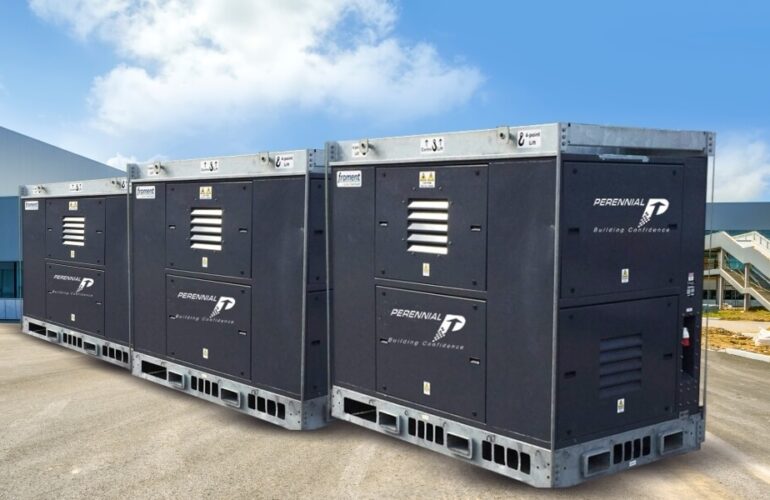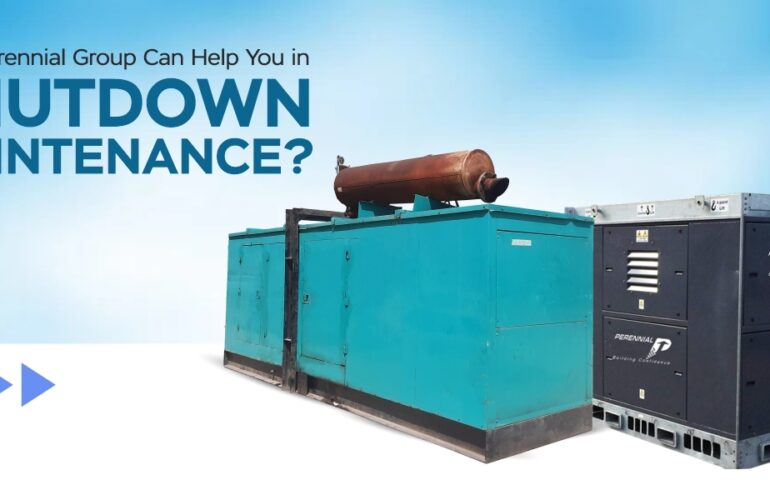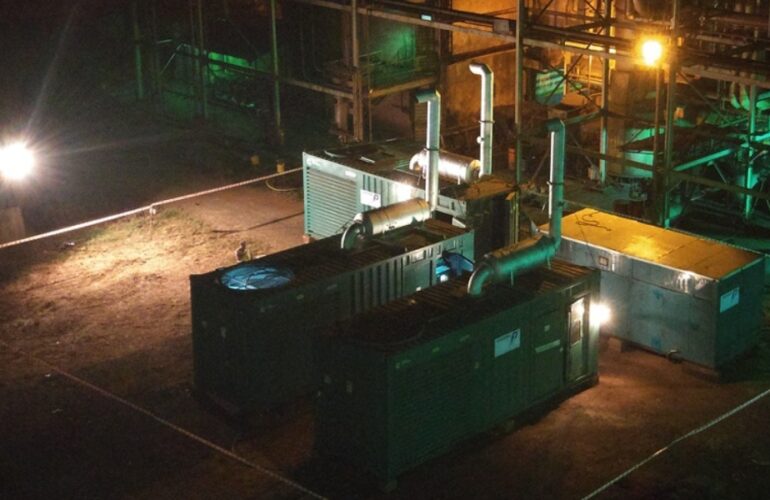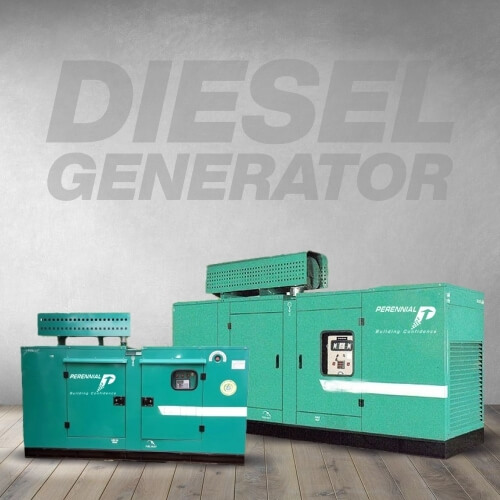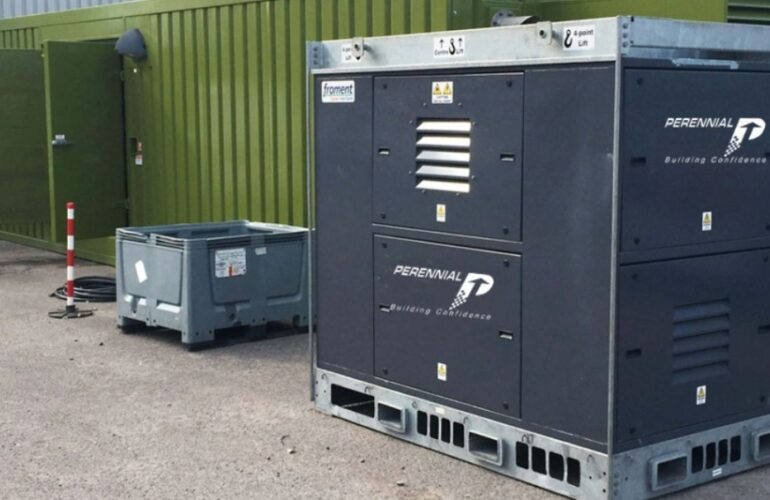Introduction
As a part of the manufacturing process, most generator manufacturers load test generators. Load testing of generators is recommended to ensure the generator provides power when utility power is lost. The engine, alternator, and generator control systems are tested while testing an emergency generator configuration. In place of a facilities load, load bank testers can be used to develop an electrical load for the generator. A device that represents a load to the generator is a load bank. Resistive and Reactive load banks are the two types of load bank testing systems.
When inspecting the key differences between resistive and resistive/reactive load testing, it is important to focus on addressing a facility’s emergency power generation backup system as a whole. For this, the entire system can be tested so that system-wide weaknesses can be identified. Using the load bank hire option one can perform any type of load testing. Load bank hire allows users to hire a load bank as per their requirements.
So, where resistive and reactive testing is useful? Let’s find out.
- Reactive load testing is mainly useful at data centers, health care facilities, and in applications related to life safety that are mission critical where the need to demonstrate the capability to provide electrical power as needed is as mentioned by regulatory standards and codes specified by the designers.
- Examples of emergency power sources include liquid and gas-fueled turbine generators, rotary UPS, gas- and diesel-fueled reciprocating engine generators, and battery UPS systems.
Why Load Testing?
It is known that gensets rarely run under full-load conditions after the manufacturer’s factory testing. The gensets can be tested in compliance with the regulatory requirements that permit the use of actual loads. But, in the future, this practice can lead to conditions that could affect reliability and performance. Modern diesel gensets are designed and structured to be operated at loads of more than 50% for optimum performance.
- Multiple units installed are often run separately for periodic and annual testing using a test load that is much less than the manufacturer’s recommended levels of loads.
- Testing of multiple units simultaneously is allowed by the use of a large-capacity resistive/reactive load bank. Thus, it can reduce the time required to perform and document mandatory testing.
- The paralleling controls can be exercised under realistic conditions using resistive/reactive load banks.
- The critical component to meeting regulatory requirements is load bank testing.
- Today’s diesel generator sets that use the electronic engine and emission controls depend on the engine’s operating at the manufacturer’s recommended load levels and temperatures.
Testing guidelines as advised by NFPA (National Fire Protection Association) are up to minimum load levels of 30%, or as recommended by the manufacturer. To ensure that the maximum benefits of load testing can be achieved, Industry associations and the major engine-generator manufacturers recommend load testing at higher levels.
- Along with regular maintenance, periodic testing is required too in all healthcare applications to maintain compliance with the regulatory agency.
- Generally, Health care facilities perform regular genset testing during off-peak times when loads are at their lowest. Though this practice prevents the possibility of serious interruptions that can occur due to oversized and/or critical loads, it is not sufficient to test the genset under worst-case conditions.
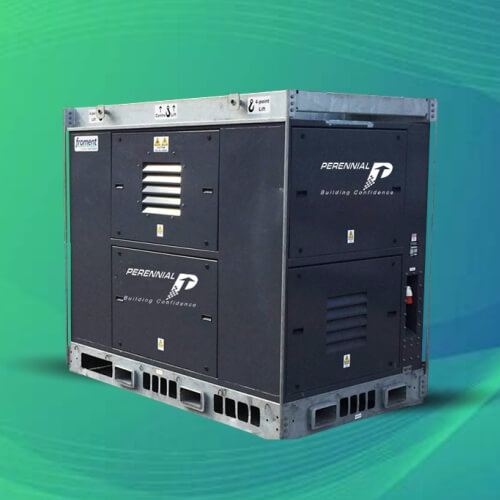
Resistive Load Bank Testing
- Whether the generator is capable of producing 100% power at a power factor of 1.0 is determined by the Resistive Load Bank Testing.
- During the testing period, these tests gradually increase the load on the generator.
- At the unit’s full power rating, this test determines electricity production and whether it is correctly releasing exhaust gases and heat from the engine via the engine cooling system.
- Resistive testing also confirms that the generator will operate at the full possible load without any sudden failure.
- The resistive testing includes the examination of critical systems including fuel, oil, and other essential components which helps to identify potential problem areas under strictly controlled conditions.
- This type of testing is of limited use for emergency applications only. If a single component within the system fails, the tests leave facilities exposed. Thus, it can lead to complete failure of the generator that a resistive test can not predict.
Reactive Load Bank Testing
- The most essential benefit for a load bank that provides both resistive (kVA) and reactive (kVAR) loads is the ability to simulate varying reactive loads, which are more realistic.
- The adequate testing of the individual prime mover and load-sharing controls of a multiple-unit facility is provided by a resistive-only load bank.
- A reactive load bank, however, allows testing of the alternator function, KVAR sharing, and transient responses.
- The ability to share reactive loads (kVAR) equally is of utmost importance to achieving the maximum-rated power system output when testing multiple unit generator systems.
- Resistive-only testing can fail to determine how the reactive load is accepted by an individual generator if load-sharing controls are not properly configured (i.e. droop settings, measurement and control device polarities, and cross-current compensation).
- The paralleling switchgear and protective relays can perform adequately under resistive load applications, however, the reactive load bank testing will provide load acceptance and rejection that replicates real-world conditions more closely.
How to Choose the Right Resistive/ Reactive Load Bank?
- It is important to consider key features including ease of operation, onboard diagnostics, metering, the ability for an operator to control multiple units from a single controller, data download capabilities, etc. when selecting a resistive/reactive load bank.
- When connecting load banks to a facility, normally involves temporarily connecting the 3-phase power conductors to the load bus.
- For the equipment being tested, load bank rental and electrical testing companies can supply the necessary transformers, load banks, and cables to provide the correct service voltage.
Which Testing is the Best?
Reactive load bank testing is the best way to test the entire system and hence engineers should support it. The design remains hypothetical without proof of testing. When systems are tested with the correct size and type of resistive/reactive load bank the power generation system design is validated.
Reactive load bank testing provides a best simulated real-world scenario where harmonics, thermal heating, voltage drop, and efficiency can be analyzed more effectively than with a resistive load only.
Perennial Technologies Pvt. Ltd. offers reliable load bank rental services. You can also buy load bank from us as we have load banks for sale too!
Refer to our blog for more details. You can contact us for any concerns or inquiries

